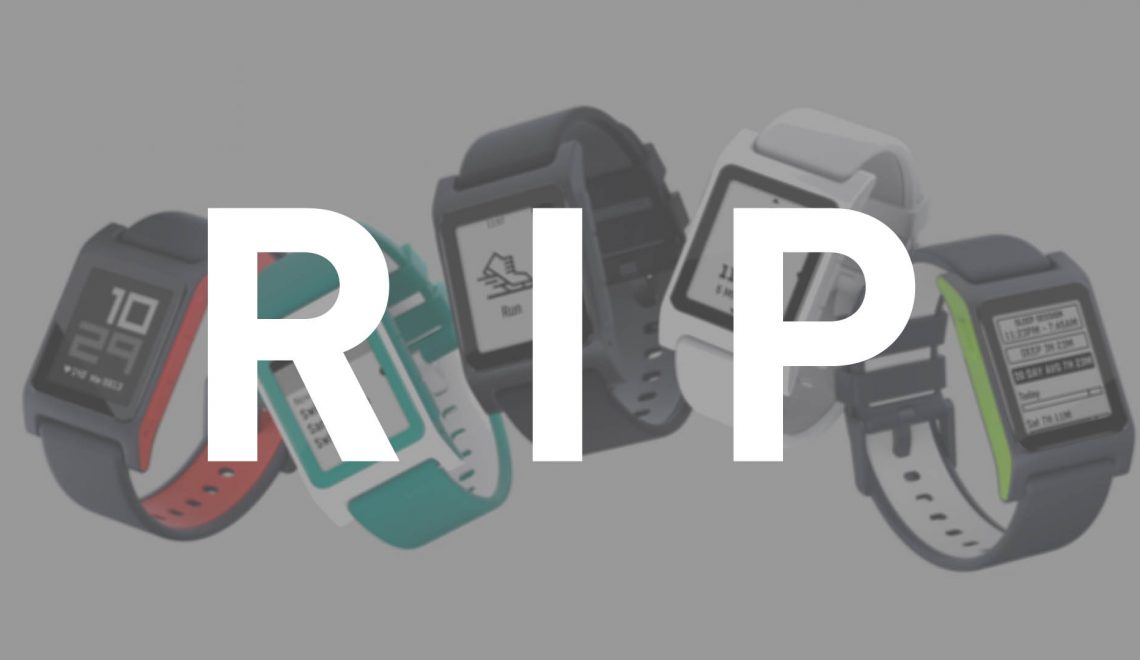Jawbone, one of the first companies to market a wearable, app-connected fitness tracker, looks to be exiting the consumer wearables market. Tech Insider reports that Jawbone has ceased all production of their fitness trackers and has sold the remaining inventory to a 3rd party. The move isn’t completely surprising as activity trackers appear to be waining in populating while simultaneously in a price race to the bottom. Last November Jawbone closed their NY office and laid off 15% of the company’s workforce. Originally introduced in 2011, the Jawbone UP was a first of its kind device. Heralded as introducing a revolutionary new way to lose weight and get fit, the UP synced with a dedicated app on your smartphone by connecting through the headphone port. It measured steps, distance, calories, overall activity, and sleep. The wearable was screen-less and designed to look like a small bracelet. The 2011 launch was a bit rough, with widespread claims that it didn’t track correctly, didn’t sync reliably, and had charging issues. Jawbone stopped production later that year, offering to buy back any of the devices, and completely redesigned the internals of the UP. It relaunched in late 2012 where it entered a much more competitive market, squaring off against the Nike Fuelband and Fitbit One (Fitbit’s first wrist-worn tracker launched in 2013), both of which offered superior wireless syncing.
The UP was extremely popular when it launched and was on most people’s short list of activity trackers to consider. The Jawbone UP has since spawned follow up devices, including UP24, UP2, UP3, UP4, and UPmove. As the activity tracking market has matured, Jawbone has had a tough time keeping pace. Perhaps part of Jawbone’s issue is that all of those products (save the UP24) are part of their current lineup. There is very little difference between the three wrist-worn UP models currently being sold and no easy means for consumers to tell the difference. In fact, the only only difference between the UP3 and the more expensive UP4 (despite a totally different product name) is the ability to make NFC based mobile payments with a synced Amex Card. While consumer confusion is never good, perhaps the real nail in the coffin was that the UP is simply no longer compelling. More and more consumers are looking for a truly connected experience from their wearable; notifications and at-a-glance information are becoming expected in a device over $100. Jawbone was never able to successfully execute a way to address those needs. Despite being released in April 2015, the tech behind the UP3 was announced in the fall of 2014 and there has been no whisper of a new device since then. A lot has happened in the wearable space in those 30 months, leaving Jawbone further behind everyday. Honestly, at this point, I doubt the Jawbone UP was on many people’s wishlist.
Tech Insider claims Jawbone has one more wearable in the pipeline, but it is not clear if it will be sold to consumers. The new device is expected to be announced this summer and is rumored to offer clinical grade heart monitoring. But Jawbone has always been about more than fitness trackers; the company got its start selling noise canceling technology and wireless headsets. In 2010 it used its wireless audio expertise to introduce a Bluetooth based music speaker, the Jambox. One of the early leaders of wireless music, the Jambox outsold competing speakers by up to 10-to-1 when it launched. In the years since then wireless speakers are made by virtually everyone (Jawbone’s market share is estimated at 5%) and Bluetooth headsets have completely fallen out of fashion (thankfully). According to Fortune, Jawbone is looking to sell their speaker business (it is not clear if that also includes the headset business, but likely does) and has already discontinued production.
So what exactly is Jawbone’s path forward? Co-founder Alex Asseily has said much but recently told Fortune magazine that “Over the last year we’ve come to terms with the fact that our future value is focused on wellness.” This is a statement reinforced by the decision to create a chief medical officer position to oversee its health initiatives.


